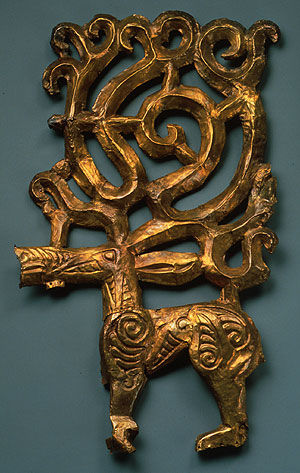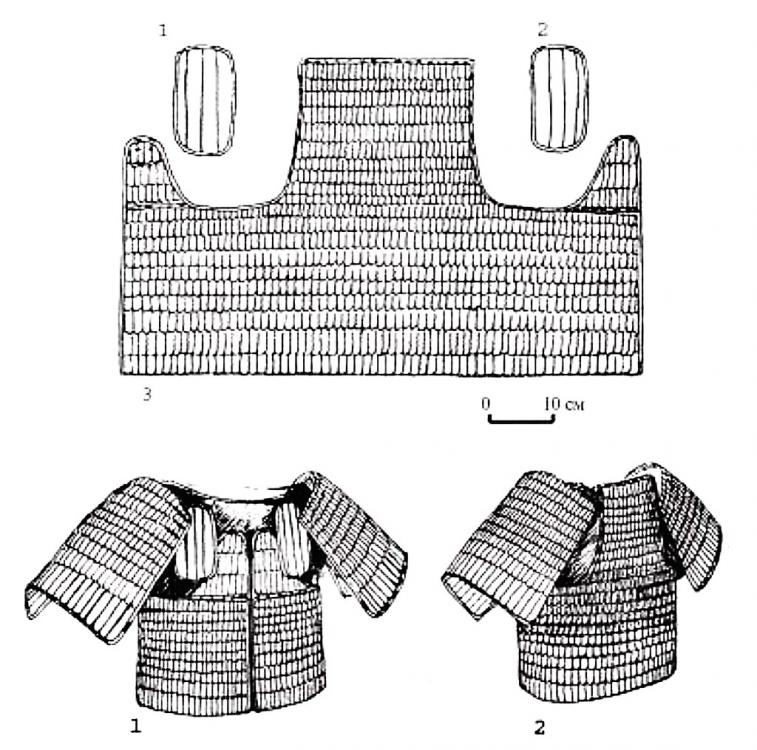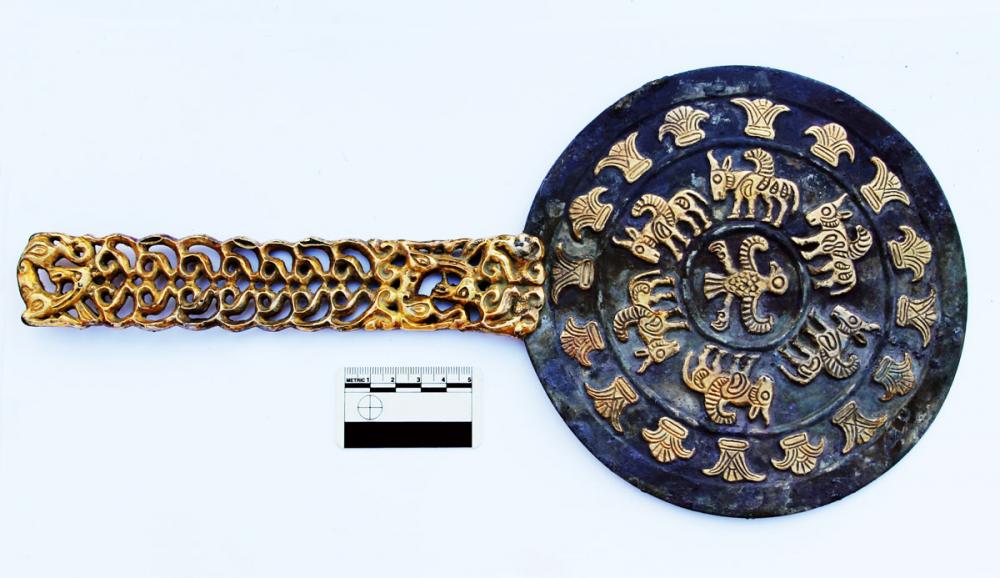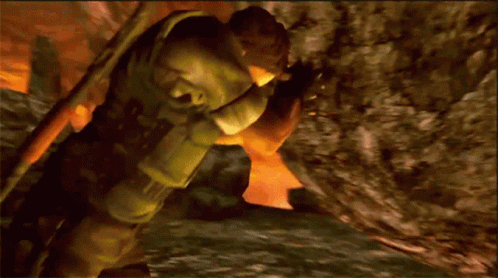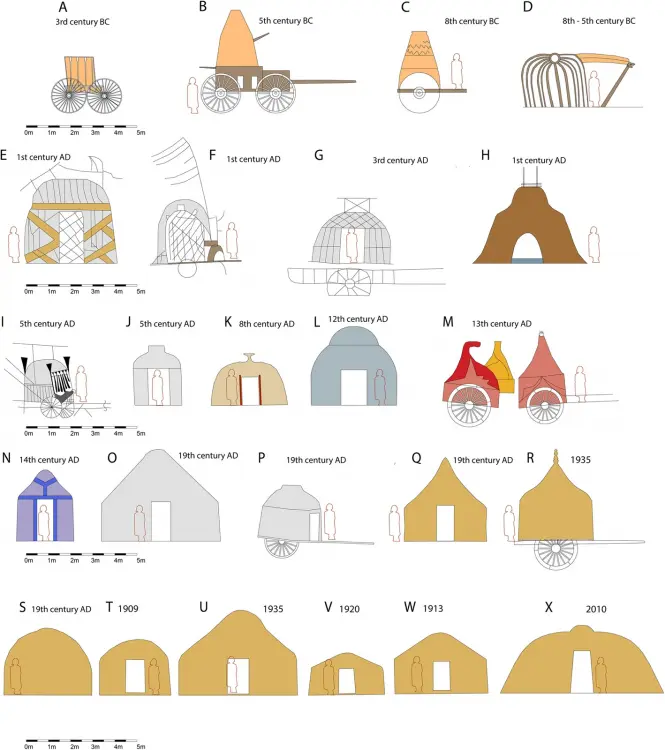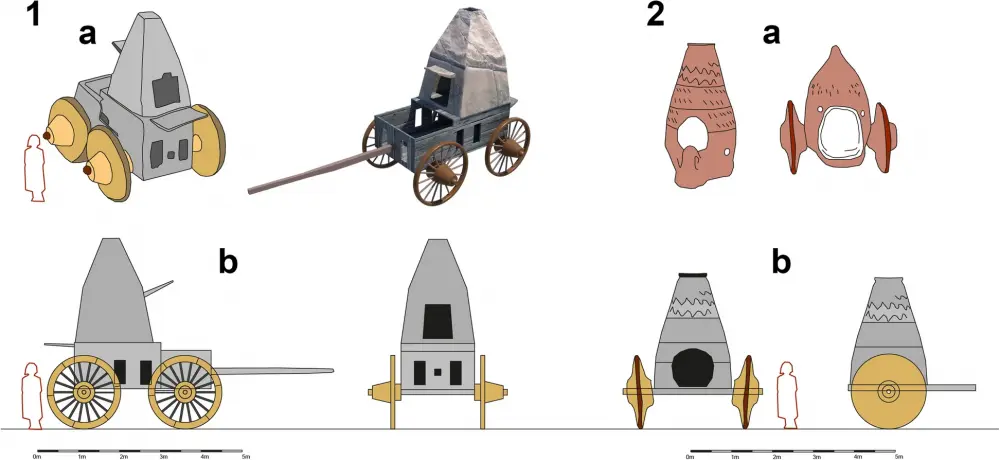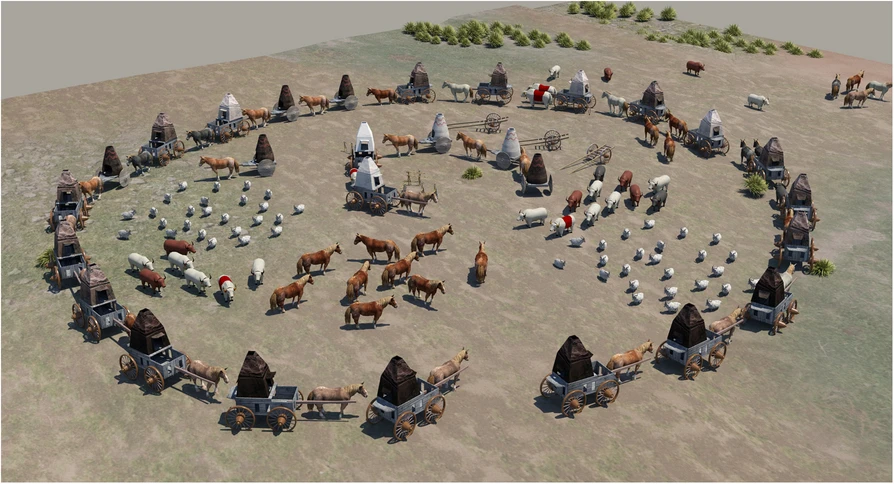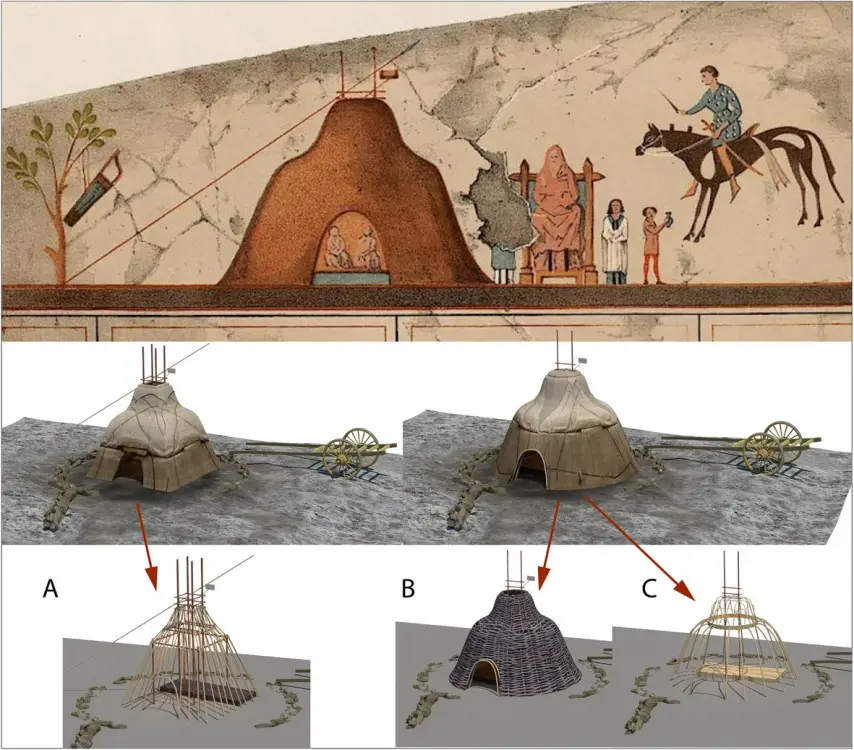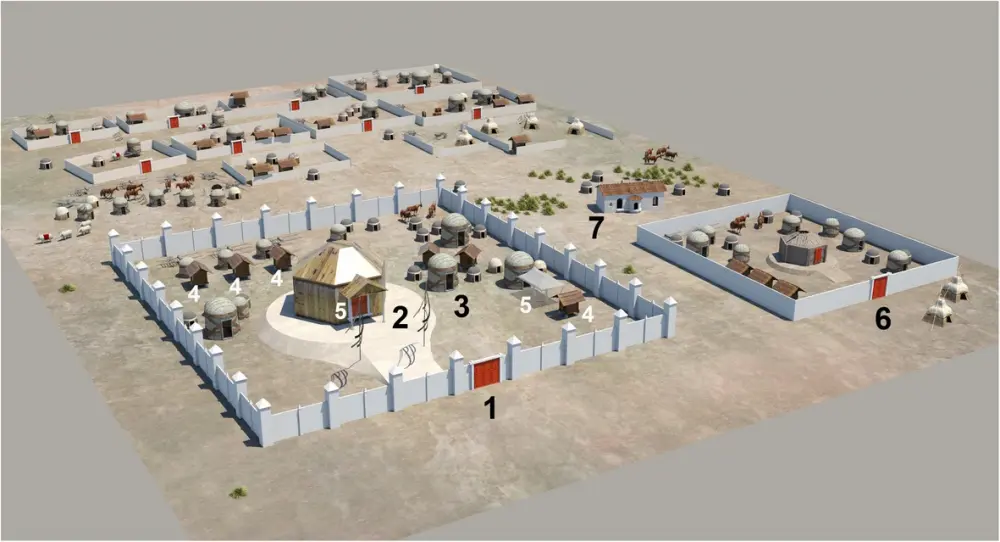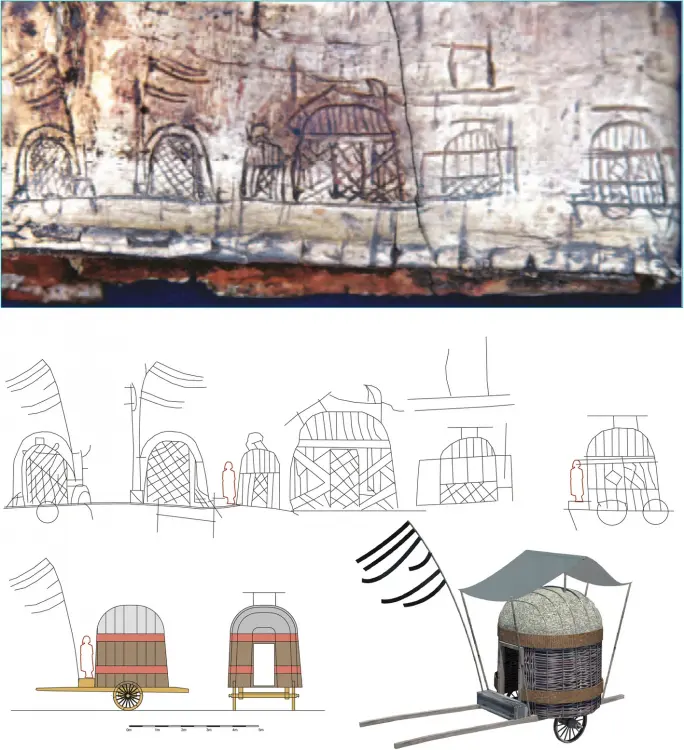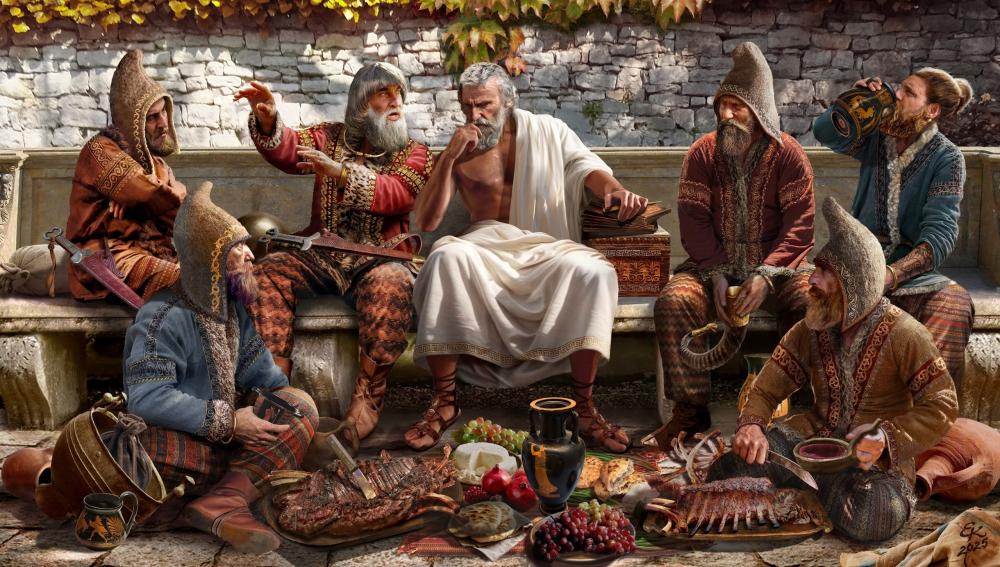All Activity
- Past hour
-
Tough choice If we’re talking history, I’d probably say Ancient Egypt — advanced engineering, rich culture, and timeless mystery. If we’re talking gaming, then the Byzantines in Civilization VI — strong religion and siege power, a perfect mix of brains and brawn! ⚔️✨ What about you — do you mean real-world civilizations or ones from the Civ game series?
-
ridakhan767 joined the community
- Today
-
I’ll just wait till one of them replies to this thread, rather than DM them all.
-
@andy5995 @hyperion and @ShadowOfHassen
-
@fabio maybe knows. @Obelix Know many things.
-
Hey, I want to have the PureOS software repositories updated for 0 A.D., since they still have A23, not A27 (or even A28), but I don't know who I should talk to. Do I contact @Stan`, or do I have to contact PureOS? It would really make life easier for me, and many others.
-
I got tired of making a new thread for every new question and error, so I thought that I would make a thread for all questions and answers (along with guides) to post on. If you need help doing something for your mod, want help with errors you generated, or want to post some guide or tutorial on how to do something related to modding, and don't think it deserves/needs it's own thread, post it here.
-
I found this a few months ago, replaced the Plane model with the Dragon, makes the game much more fun when you turn it on. Neither is the Mustang airplane, but that's in there as well. It's a dragon. (And, the Mustang plane is overpowered too). Not really, no.
-
Many early RTS games came p with some reason why your army was so small to start, like Warcraft, Starcraft, and several others. I have actually never found a RTS where you can carry over units from one map to another, but that would be cool if we could somehow add that in the future. One thing I always wonder is: why are there only nine people to start my civ? I could see nine people could build the civil centre, but it still feels to small. Maybe 12 to 16 people would be more appropriate, with a house or two.
-
The best solution, in my opinion, is to enable friendly fire for ALL missiles, just like real life. Then, if you want to have a squad of archers, you actually have to think: Is it worth the risk of my soldiers getting hit by arrows? Is it better to put my archers to the side, and have them shoot at reinforcements? Or should I train a whole bunch of guys that are resistant to pierce, and have my archers fire into the melee? These would make the game much more exciting, and also more realistic.
-
The Sarmatians are very closely related to the Scythians. They share a similar language that belongs to the Iranian language family. The real differences between the Sarmatians and the Scythians stem from the fact that the Scythians dominated the steppes between the 8th and 3rd centuries BCE, while the Sarmatians dominated the steppes between the 3rd century BCE and the 4th century CE. From an archaeological point of view, the material is divided chronologically into different periods: The Sauromatian period (6th-4th century BCE). The Early Sarmatian period (4th century BCE-1st century BCE). The Middle Sarmatian period (1st century BCE - 2nd century CE). The Late Sarmatian period (2nd century CE - 4th century CE). There is one iconic site for the first two periods: the Filippovka kurgans. As you can see below, it is quite close to the Scythian material culture. There are two known characters from the early period: Tasius, a king of the Roxolani (Strabo, Geographie, 7.3.17) Amage, a queen of the Sarmatians (Polyaenus, Strategemata 8.56)
-
Can you make some of the buildings shown here?
-
Buenos días tarde o noches; -Me gusta mucho, pero pone que es de los siglos 1-2 d.c ¿No hay nada sármata de los siglos V-I a.C?(Para que entren en los estándares del juego.) -Leo que hay varias cosas de los Sármatas en este foro¿Se podrían poner en un foro propio a parte"Civ:Sarmatians"? Disculpen las molestias*
-
I just wanted to ask if there were any follow-up games or maybe videos from the tournament? I'd love to watch some replays or get insights on how the meta looked back then. Also, do you think it's worth organizing something similar now with the current balance updates?
-
@user1 dagarpaa left and did not resign commands.txt
-
AlexHerbert started following Gurken Khan
-
bot PETRA_Expert.More active bot, compatible with A27.
mod_3d replied to mod_3d's topic in Game Modification
UPDATE: Version 0.7.6 Fixed a bug when recruiting units on the very easy difficulty setting. -
Robertorded joined the community
-
nixku joined the community
-
AlexHerbert started following bot PETRA_Expert.More active bot, compatible with A27.
-
johnayl joined the community
-
martdavid joined the community
-

bot PETRA_Expert.More active bot, compatible with A27.
Jackerino replied to mod_3d's topic in Game Modification
Noticing an issue with this bot; on lower difficulties, (specifically I'm playing on Very Easy at the moment), I get spam in the logs which says "warning: Invalid command: Can't train 0 units" once Markets are built. This issue doesn't appear to happen on higher difficulties. -
-
Civ: Germans (Cimbri, Suebians, Goths)
Classic-Burger replied to wowgetoffyourcellphone's topic in Delenda Est
@phosit here conceptual art by him. -
Civ: Germans (Cimbri, Suebians, Goths)
Classic-Burger replied to wowgetoffyourcellphone's topic in Delenda Est
@Obskiuras We need to know how to give you credit for the conceptual art. @phosit is looking for you to give you credit. You created the concept art. We need to know if you want to give us your real name or remain under your nickname. - Yesterday
-
I think we can make a new prop to go on the back of the wagon cart that looks like this. The cones sticking out from the wheels over the hubs would make for a nice little detail too.
-
https://built-heritage.springeropen.com/articles/10.1186/s43238-025-00191-2 Inner Asian and Eurasian nomadic camps comprise different types of guyed tents, mobile wood-framed dwellings and carts of various forms. One of the first available depictions originated from the Arjan Bowl, which was found in an Elamite grave in Iran and was dated 800–500 BCE (Majidzadeh 1992). It shows a rib tent (which would be dismantled for transport) with struts and a roof hoop (Fig. 3-D). Greek sources mention Scythian nomads residing in carts, e.g., Hesiod (eighth century BCE), in which Phineus is carried by the Harpies ‘to the land of the men who live on milk and who have their home in wagons’ (Hesiod, The Poems and Fragments (1908, 89, frag. 54). Aeschylus (525–456 BCE) mentioned ‘wattled dwellings, poised high on true wheeled carts’ (Aeschylus 1922, i, 278–279; Andrews (1999, 14) interpreted this passage as indicating that the dwellings were made of a frame woven from twigs or sticks (probably from willow), which was then fixed to the cart and covered by felt. The latter fact was noted by Hippocrates (ca. 460 to ca 377 BCE): Comparison of the shapes and sizes of tents and tent carts from historical finds, depictions or photographs. All tents are scaled to the same size (as far as it was possible to determine the exact size). A Pazyrik cart, real find; (B-C) after clay models; (D) rib tent from the Arjan Bowl; (E-F) Xiongnu carts, birch-bark container in Tsaram; (G) Xiongnu carts, Shancheng coffin painting; (H) Sarmatian tent, tomb of Anthesterius, Crimea; (I) cart from a Tuoba coffin in Datong; (J) Tuoba tent from a grave in Datong; (K) Tibetan tent from a coffin painting in Delingha, Qinghai; (L) Khitan tent from the Wen-Chi scrolls; (M) Cuman carts, Radziwill chronicle; (N) Genghis Khan´s tent, Persian miniature; (O) Kalmyk, 1806 Bertuch Bilderbuch für Kinder; (P) Nogay cart, engraving; (Q) Turkoman tent in Afghanistan, drawing by William Simpson; (R) Chomchugh, refer to the text and Andrews (1999); (S) Kyrgyz kibitka (yurt) drawn by painter Vasily Vereschagin; (T) Avsar tent in Kayseri, photo by Gertrude Bell; (U) Kazakh tent, photo by Owen Lattimore; (V) Mongol yurt/tent, photo from the 1920s; (W) Mongol yurt/tent near Kalgan, photo by Stéphane Passet (1913); (X) Shasavan rib tent, Mount Sabalan, photo obtained in 2010 ‘There too live Scythians who are called nomads because they have no houses but live in wagons. The smallest wagons have four wheels, others six wheels. They are covered with felt and are constructed like houses, sometimes in two compartments and sometimes in three, which are proof against rain, snow, and wind’ [refer to Hippocrates Vol I, De Aere xviii, translated by Jones (1923, 119)]. Models of four-wheeled wagons with tent-like superstructures dated to 600 BCE were found in Kerch in East Crimea. These were made of clay with small windows in their lower structure. The author´s reconstruction is based on such a clay wagon mock-up (Figs. 4, 5). Hippocrates also stated that women and children lived in carts, whereas men spent most of their time on horseback and tended to flock. No depictions of Scythian dwellings (apart from clay models) have been discovered, although in the Pazyrik Kurgan (third century BCE), a complete wooden ceremonial wagon was found. The wagon was preserved exceptionally well and is now on display in the Ermitage in Moscow. Reconstructions (1-2 b) of a Scythian wagon (1) and Mingachevir cart (2) drawn by the author after clay models (1-2 a) Reconstruction of a Scythian wagon camp The first suggestion of tents that represent separate entities and are not part of carts is given with respect to Sarmatians. Strabo (53 BCE to ca. 21 CE) reported, ‘As for the nomads, their tents, made of felt, are fastened on the wagons in which they spend their lives, and round about the tents are the herds which afford the milk, cheese and meat on which they live, and they follow the grazing herd, from time to time moving to other places that have grass…’ (Strabo 1960), vii, 3, 17). Whether these tents fastened to carts were frequently removed and placed on the ground, as the tent components of tent carts in later times would have been, is unclear. There is only one known depiction of a Sarmatian tent, which is set on the ground. It was depicted in a wall painting in a grave chamber in Kerch on the Crimea Peninsula. Unfortunately, it does not exist anymore. Relevant documentation can be found in Minns; Wajnstein (1996) attempted a rectangular reconstruction of the tent. In this work, the author aimed to reconstruct rectangular and round variants, as no definitive hint regarding the ground plan is given in the depiction (Fig. 6). A structural system was also reconstructed, with the following options: A: rectangular variant, 4-post inner structure; B: round variant, woven/wattled structure; C: round variant, rib-tent structure. Depictions of a Sarmatian tent on a wall painting in Crimea (Source: Minns 1913). Shown below are reconstruction possibilities (Source: the author). It is possible to reconstruct the shape as a rectangular (A) or a round tent. For the round variant, a woven/wattled structure (B) or a rib-tent structure with a roof hoop (C) is possible According to Priscus of Panium, who was a diplomatic envoy and therefore eye-witness of the camp of Attila the Hun, Attila’s wife Hereka lived in a circular building with a wooden frame covered in skins or leather. This passage is the only reference in which Hunnic dwellings are described as circular and possessing a wooden frame. However, this passage has been debated as the text is not clear, but recent work (Carolla 2019) supports both the circular shape and skin/leather covering. Elsewhere in the text, Hunnic buildings are described as huts (Greek: kalube), which indicates that they are semipermanent buildings. Alternatively, although they comprise a wooden frame, they could be covered with reeds (mats) or similar material (but not felt or skins). However, no indication of their shape is given. Later, sixth-century Greek emissaries to the Western Turk ruler also described framed tents as huts (kalube) (Andrews 1999). Thus, it is not completely clear what type of building or tent (?) Priscus had observed. The building of Attila was described as being made of wood, but again, no definite indication of the ground plan form was given, only of its material (‘it had been fitted together with highly polished timbers and boards’ (Priscus of Panium in Gordon 1960, 84). The dwelling of Hereka is described as follows: ‘Inside the wall [of the compound of Attila], there was a big cluster of buildings, some made of planks carved and fitted together for ornamental effect, … the other [houses were made] of leather polished and cut straight/upright, put into some wooden circular basis. I gained entrance through the barbarians at the door and came upon her lying on a soft spread. The floor was covered with mats of felted wool’ (Priscus of Panium trans. Carolla 2019). Please also refer to Fig. 7. The extensive use of felt inside Hereka’s dwelling indicates a nomadic building context in any case. The custom to cover trellis tents in skins or furs and not felt exists ina nomadic historical context, e.g., there is a trellis tent of the Mongolian Bogd Khan from the 19th century covered in snow leopard skins (furs) on display in the Winter Palace of the Bogd Khan in Ulaan Bataar. Highly hypothetical drawing containing all the elements mentioned by Priscus of Panium, as observed by him in Attila’s capital during the fiveth century. 1, Attila’s compound with gate doors and wooden palisade with towers; 2, Attila’s dining hall/house at an elevated location; 3, Hereka’s tent; 4, buildings made of carved wood; 5, porticoes; 6, Onegesius' compound with a wooden enclosure without towers; 7, Roman bath built of stone by a captive architect from Syrmium In East Asia, there are several depictions of Xiongnu dwellings from the first century. To date, three scratched drawings/decorations of birch-bark containers show Xiongnu dwellings. These depictions all show the same dwelling type (Fig. 8): a round, domed hut with walls made of diagonally crossing lines (probably twigs or sticks). In some cases, this diagonally crossing structure extends to form the dome of the building. The dwelling comprises vertical walls, which, in every case, terminate in a horizontal band spanning the whole dwelling (a textile band holding the hut together, as in the case of modern trellis tents?). If there is a drawn door, it also reaches this horizontal band. The dome is often covered with what seem to be vertical stripes of different materials. At times, the walls are additionally wrapped with crosswise textile bands, and the walls can contain windows. An opening at the apex of the dome-like roof is not shown in any depiction (But its presence cannot be ruled out either). There are always two vertical sticks connected by a horizontal stick above the roof. The function of this construction is described later and is very similar to that in Tuoba Xianbei depictions (Fig. 9): very likely, an awning spanned above the dwelling to shade it (However, there is no Xiognu depiction were we actually can see such an awning in the drawing itself). The dwellings are often shown placed on carts. Moreover, the cart wheels encompass spokes, and the cart type is a two-wheeled cart. Written sources support the conclusions drawn from the images: The Xiongnu also employed ‘domed huts for homes’ (Huan 1994, 38) and ‘woven branches to make houses’ (Huan 1994, 52; Miller 2012). Depictions of Xiongnu carts found on a birch-bark container in Tsaram (after Minyaev (2009). Shown below is a line drawing of the scratchings and a reconstruction by the author. The awning above the cart was added as an analogy from fifth-century Tuoba Xianbei cart depictions Tuoba Xianbei cart depictions from coffin planks from Zhijiapu (Source: Liu and Gao 2005) @wowgetoffyourcellphone@Lopess I highly recommend to read the entire article.
-
-
Latest Topics



.thumb.jpg.b21ca1d0c15fb56b42c39b25a0a40815.jpg)

